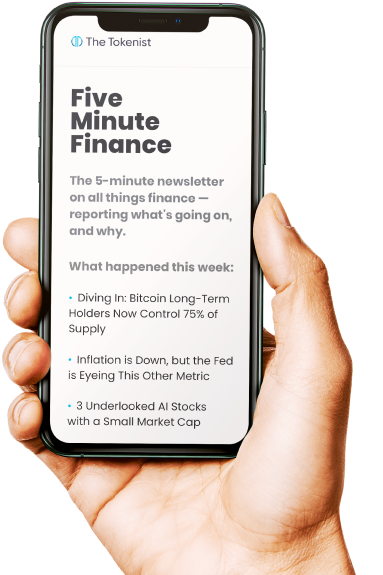
Latest FOMC Meeting Leaves Investors Risk Averse, On-Chain Data Shows
Following a two-day meeting last week, the Federal Reserve announced its intended rate hike would commence in March. The move would see the Federal Open Market Committee (FOMC) continue to end policies introduced to help cater to the global pandemic’s effects. The Feds had earlier in December 2021 said it planned to increase interest rates by 0.75% by the end of 2022 to combat inflation.
Expectations Prior to the Fed’s January FOMC Meeting
The entire crypto industry feverishly anticipated the outcome of the FOMC meeting last week. Especially after being spooked by the Fed’s intentions to raise interest rates across 2022. Many investors feared a repeat of history, leading to a dramatic selloff in the market.
However, the US federal reserve is not alone in hiking interest rates. Several other Central Banks have indicated their intention to normalize their post-pandemic monetary rule, albeit at different paces.
Several Eastern European countries have been forward with their tightening intentions in recent months. Meanwhile, rate hikes have been restrained in Asia, where inflationary pressures have been moderate compared with the US. This is due to a slower increase in food prices and energy costs. China has also reduced its primary interest rates to stimulate its economy amidst concerns over its property sector troubles and slowing growth.
A point of succor for investors is the pledge by the European Central Bank(ECB) that it will not raise interest rates in 2022. This is projected to mitigate some of the tightening financial conditions in the United States and other developed markets.
Market Reacts To FOMC Decision
Many analysts believe that Bitcoin and digital assets could benefit from the intended rate hike. However, on-chain metrics provided by Kaiko suggest investors are still being careful with their investments following the latest announcement. The data showed increased volatility and reduced funding rates as BTC and Ether ended the week with green candles.
The crypto and equities markets, which benefited from the easy pandemic era monetary policies, saw increased volatility following the announcement. Both sectors are now facing losses as investors continue to take a cautious approach in the face of falling prices. Risk sentiment in cryptocurrency markets also remains weak, as seen by persistently low financing rates and muted open interest. However, NFTs, despite the gloomy outlook in January, defied the overall trend, posting all-time high volumes amid enormous VC investments.
Furthermore, another important observation from the on-chain data is the widening bid spread of ETH-USD pairs this year following the increased volatility. Over the last two years, Ethereum market liquidity has improved compared to Bitcoin, as measured by the bid-ask spread. While Bitcoin remains the most liquid cryptocurrency, the ETH-USD spread has shrunk dramatically from over 4bps in 2020 to under 2bps in 2021.
The chart above shows that spread volatility for both the ETH-USD and BTC-USD trading pairs has decreased overall. Also, the cost of trading Bitcoin and Ethereum became more variable in January, as declining risk sentiment caused significant selloffs in both stocks and crypto. Consequently, the spread differential between the two assets widened, reaching its highest level since May 2021 last week. This shows that market makers are asymmetrically providing liquidity during market turbulence.
Join our Telegram group and never miss a breaking digital asset story.
Bearish Sentiment Likely to Continue
The report further suggested that market sentiment continues to be bearish as the BTC and ETH perpetual funding rates dipped negatively in January. The current outlook means more traders are opening short positions, further affirming the belief that prices will drop. It is also important to note that since November, Ethereum’s funding rate has been higher than Bitcoin’s.
While it is clear that the Feds intend to combat inflation at an all-time high, there are suggestions that its rate hike may not help. However, with the first hike now scheduled for March, investors and market participants have the time to brace up for the resultant effects of the move.
Do you see the Fed’s interest rate hike having a negative impact on the crypto industry? Let us know in the comments below.




